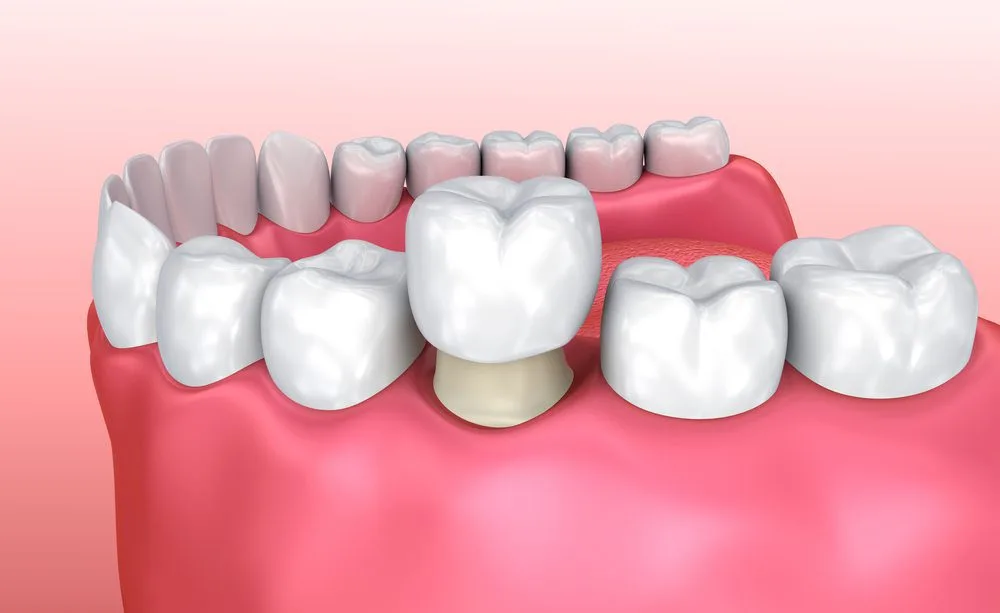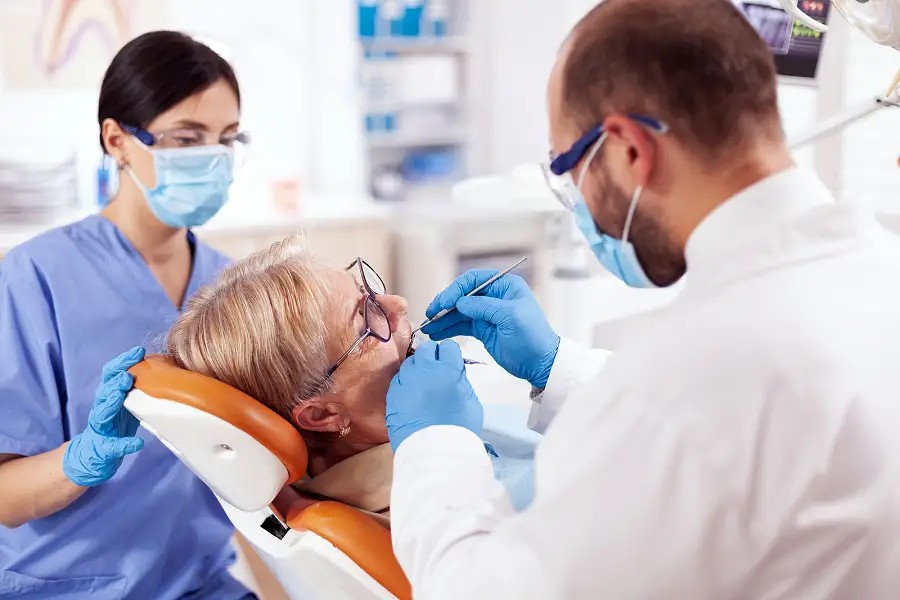Regenerative dentistry is at the forefront of modern dental innovations, offering promising solutions for naturally healing teeth. This cutting-edge field leverages the body’s own regenerative capabilities to repair and restore damaged dental tissues, potentially reducing the need for invasive procedures and improving long-term oral health outcomes.
Understanding Regenerative Dentistry
What is Regenerative Dentistry?
Regenerative dentistry is a branch of dentistry that focuses on using biological processes and materials to regenerate damaged or diseased dental tissues. This includes the regeneration of dental pulp, dentin, and even enamel. The primary goal is to promote natural healing and minimize the need for synthetic materials and invasive procedures.
The Science Behind Regenerative Dentistry
The science behind regenerative dentistry involves the use of stem cells, growth factors, and tissue engineering. Stem cells, particularly dental stem cells derived from the pulp of teeth, have the unique ability to differentiate into various types of dental tissues. When combined with growth factors and scaffolds, these stem cells can effectively regenerate damaged areas, leading to the natural repair of teeth.

Key Techniques in Regenerative Dentistry
Stem Cell Therapy
Stem cell therapy is a cornerstone of regenerative dentistry. By harvesting stem cells from a patient’s own dental pulp or other sources, dentists can create a conducive environment for tissue regeneration. These stem cells are then placed in the damaged area, where they stimulate the growth of new dental tissue. This approach is particularly beneficial for treating conditions such as pulpitis and dental trauma.
Platelet-Rich Plasma (PRP)
Platelet-rich plasma (PRP) is another innovative technique used in regenerative dentistry. PRP is derived from a patient’s blood and contains a high concentration of growth factors. When applied to damaged dental tissues, PRP accelerates the healing process and promotes the regeneration of tissues. This method is often used in conjunction with other regenerative treatments to enhance their effectiveness.
Biomimetic Materials
Biomimetic materials are designed to mimic the natural structure and function of dental tissues. These materials are used as scaffolds to support the growth of new tissue. When combined with stem cells and growth factors, biomimetic scaffolds provide a framework for the regeneration of dentin and other dental structures. This approach ensures that the new tissue integrates seamlessly with the existing tooth structure.
Benefits of Regenerative Dentistry
Minimally Invasive
One of the primary benefits of regenerative dentistry is its minimally invasive nature. Traditional dental treatments often involve drilling, filling, and extracting teeth, which can be painful and damaging. In contrast, regenerative techniques aim to heal the tooth from within, preserving its natural structure and function.
Enhanced Healing and Recovery
Regenerative dentistry leverages the body’s natural healing processes, leading to faster and more effective recovery. Patients experience less pain and discomfort, and the risk of complications is significantly reduced. This approach also promotes long-term oral health by addressing the root cause of dental issues rather than just treating the symptoms.
Long-Term Sustainability
By promoting natural tissue regeneration, regenerative dentistry offers a sustainable solution for dental health. This approach reduces the need for repeated treatments and the use of synthetic materials, which can degrade over time. As a result, patients enjoy healthier teeth and gums for longer periods.
The Future of Regenerative Dentistry
Ongoing Research and Innovations
The field of regenerative dentistry is continuously evolving, with ongoing research and innovations driving its progress. Scientists are exploring new sources of stem cells, such as induced pluripotent stem cells (iPSCs), which can be derived from adult cells and reprogrammed to become stem cells. Additionally, advancements in nanotechnology and 3D printing are opening new possibilities for creating more effective regenerative treatments.
Clinical Applications and Accessibility
As regenerative dentistry techniques become more refined, their clinical applications are expanding. From treating dental caries to managing periodontal disease, regenerative approaches are being integrated into various aspects of dental care. Moreover, efforts are being made to make these treatments more accessible and affordable, ensuring that more patients can benefit from the advancements in this field.
Conclusion
Regenerative dentistry represents a significant leap forward in dental care, offering natural and effective solutions for healing teeth. By harnessing the power of stem cells, growth factors, and biomimetic materials, this innovative approach promises to transform the way we treat dental issues, paving the way for a future where teeth can heal themselves.

